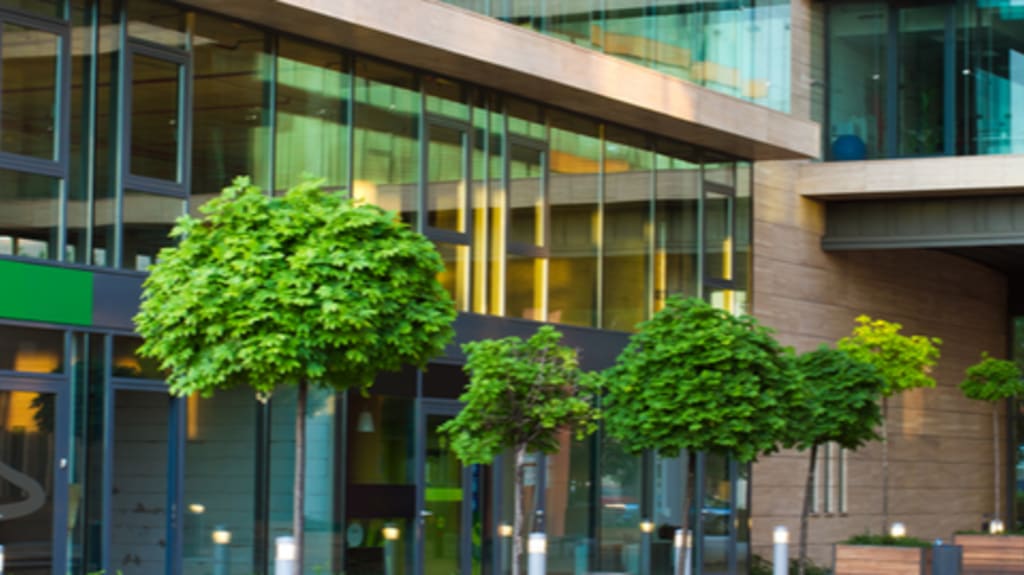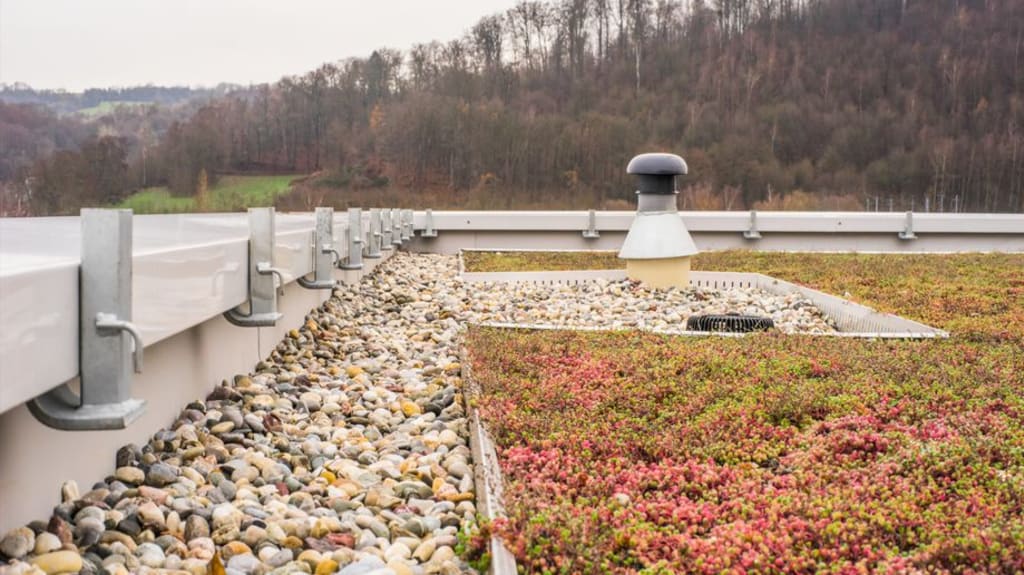The COVID-19 pandemic has had a harmful impact on commercial vacancies, particularly in major urban centres. Office towers were emptied out. And, given the benefits of working remotely, they may remain partially vacant once the crisis has passed. Hotels have seen a strong drop in clientele following the closing of borders. Even if the tourist sector regains its strength in the coming years, it’s possible that a portion of business travel will be abandoned in favour of video calls or virtual conferences.
Instead of leaving buildings vacant, a new function can be found for them without necessarily needing to rebuild everything. Here are a few options to give a second life to commercial building.
Converting underutilized commercial properties
Reusing vacant space – in particular for housing – brings several advantages. It limits urban sprawl while revitalizing districts in decline. It’s also a positive action for the environment since it is more sustainable to extend the life of an existing building than to demolish everything and build anew… or somewhere else. All you need to do is find the right use for each type of property.
Condos for sale or units for rent
Many cities are facing a shortage of housing, both affordable and at market rate. In some cases, it’s nearly impossible to find the land necessary for new constructions, especially in central districts. In this context, it may be advantageous to make use of vacant buildings, such as hotels and office towers, converting those commercial buildings into condos or rental apartments.
These properties offer several advantages. They are often located in desirable areas where it would be very expensive to construct new buildings. Some older hotels and office buildings offer interesting architectural details that would be impossible for a builder to profitably reproduce today. Moreover, they sometimes boast high ceilings, which are greatly appreciated by purchasers and renters.

Office conversion
Office space often has the advantage of having an open plan layout, allowing promoters to create units of varying sizes according to needs. However, some buildings with very large footprints have sections that natural light cannot reach, making them incompatible with the requirements of residential use. Additionally, the washrooms are often all in the same area, which means that plumbing has to be redistributed elsewhere in the building to provide kitchens and bathrooms in every dwelling. Sometimes the electrical system has to be completely rewired.

Hotel conversion
Hotels may be better candidates for conversion to residential units. We need only think about those that were requisitioned at the height of the pandemic to serve as temporary refuge for the homeless in Montreal, Toronto, and Victoria. In Alberta, Horizon Housing – an organization that provides affordable housing to at-risk residents in Calgary – bought a local hotel (The Elan) to create studios and one- and two-bedroom apartments at a modest cost. In the same city, at another price point, the International Hotel was recently transformed into premium apartments for rent.
The advantage of hotel rooms for this type of transformation is that they are already equipped with a bathroom, an efficient heating and air conditioning system, as well as large corridors and elevators. The most spacious units sometimes include a living room area and a kitchenette. All that’s needed is to renovate the latter to offer a more complete kitchen. However, to create larger homes, it’s sometimes necessary to combine hotel rooms, an option that is easier if the structure of the building is wood, not concrete.
High-end condos could be developed in a hotel building that offers amenities (e.g., gym, swimming pool, shared space); these properties are sought after by buyers ready to pay more for this kind of luxury. In contrast, the conversion of hotel rooms into affordable housing would have a considerable advantage. This type of housing is not dependent on economic cycles and is always in demand.

Converting commercial buildings into student residences
The arrival of foreign students and, consequently, their need for housing, saw a decline during the pandemic. But, as borders reopen and in-person classes resume, they are likely to return. Since on-campus space is sometimes limited, especially for colleges and universities located in central districts, there is a demand for off-campus student housing.
Some schools will collaborate with private developers to construct housing for their students. Student residences have been created in former hotels. In the early 1990s, Ryerson Polytechnic Institute purchased a hotel in downtown Toronto and converted it into a residence for 270 students. Closer to home, a former Quality Inn in downtown Montreal opened its doors to its first students from McGill University in 2014.
As was the case for the Quality Inn, hotel buildings with a large number of suites are ideal candidates for conversion. But the main criterion remains location: housing for students must be sited a short walking distance from their school or easily accessible by public transit.

Converting a commercial buildings into Senior Centres
With the aging of the population, the demand for senior housing will experience continued growth. This clientele, especially its less autonomous members, has different needs than those of students and families. For example, some retirement homes do not include complete kitchens in individual units because their residents have most of their meals as a group in a common dining room. Hotels are the most similar type of building to this type of residence: they often include a restaurant, and the rooms are equipped only with the most basic of kitchen elements. In addition, hotel meeting rooms can easily be transformed into recreational spaces for seniors.
In 2020, the Peninsula Inn in Niagara was successfully converted. Renamed Chapel Heights, the new seniors’ residence offers many services, including an indoor swimming pool, a fitness centre, and a bistro — facilities that were already present when it was a hotel.
However, while many hotels are good candidates for this type of conversion, particular attention must be paid to user safety. When transformed into housing, they must include fire prevention and protection equipment (e.g., a sprinkler system).

Convert into an urban farm!
If the commercial space has few windows or if it contains large areas with no access to natural light, non-residential uses should be considered. In this context, why not consider an urban farm? Growing plants inside a building — even one without windows — appears to be much more productive than greenhouse farming. In these types of buildings, plants can be stacked and artificial lighting can be used to illuminate all the levels. In contrast, in greenhouses, only one layer of plants can benefit from the sun’s rays. Another advantage of an existing building: if it’s well insulated, it will be much easier to heat than a glass-walled greenhouse.
While the yield would appear to be promising, this type of transformation requires significant investment. In addition to equipping the growing spaces with lighting systems specifically designed for this use, the interior envelope must be modified to ensure it is watertight and impervious to mould. Ventilation and water evacuation must also be taken into account. Finally, all materials used in a vertical farm must be easy to clean and disinfect should there be a pest infestation.
AeroFarms is the largest indoor urban farm in North America; it has several locations in Newark, New Jersey. In 2015, it converted a 30,000 sq. ft. paintball and laser tag centre to a farm. In 2016, the company also converted a former steel mill into a 70,000 sq. ft. farm.

Multiple options for a new use
No matter the space to be transformed, there are many possibilities available for converting a commercial building. The type of conversion will depend on the type of building and its structure, location, and local needs. All you need to add is an entrepreneur’s vision!
In the meantime, before converting your commercial building, you can always rearrange the space according to current trends for employees and teams combining working from home and working in the office.




